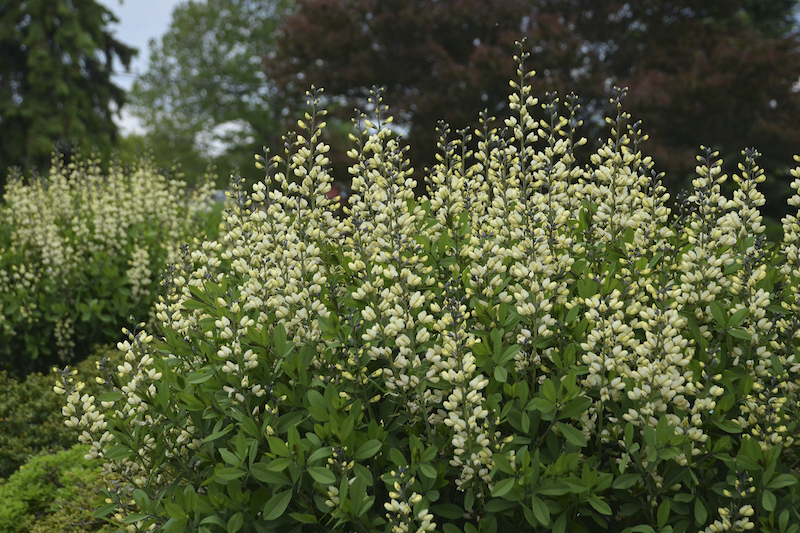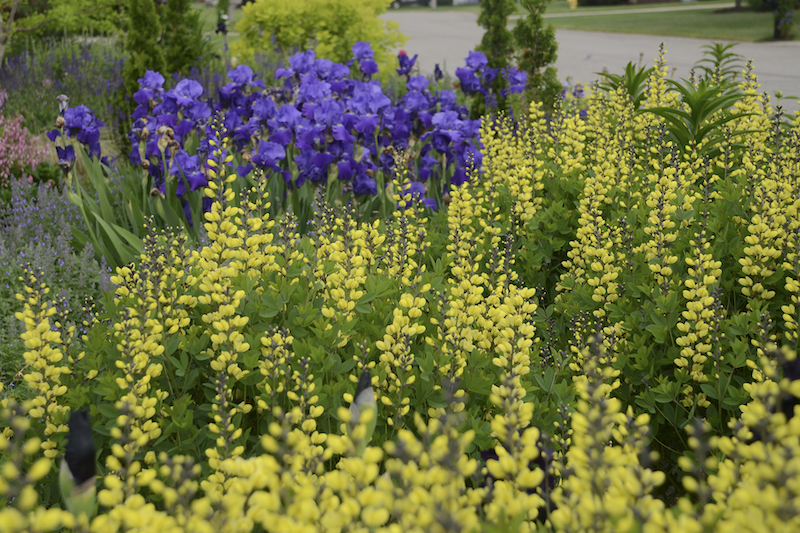False Indigo, also known as baptisia, does not require addition of artificial fertilizers to be successful in the garden. Baptisia is a legume and has the ability to fix nitrogen in the soil. Fertilizing baptisia can actually be counterproductive, causing the plant to become leggy and flop over. Fertilizing is not recommended for this perennial.
False Indigo is native to Central and Eastern North America and is particularly common in the Midwest. It does well in low-nutrient soils that are slightly on the acidic side. If desired, compost may be added to soil at the time of planting or added as a topdressing to already established plants.

How to Fertilize False Indigo
False Indigo prefers soil that is well-drained and slightly on the acidic side. They do well in low-nutrient soils and are not fond of commercial or artificial fertilizers. These fertilizers may actually burn the roots and cause more harm than good. In general, it is a good idea to steer away from these types of fertilizers and add compost to the soil when planting, or top-dress an established plant with compost.
Best Time To Fertilize False Indigo
False Indigo is slow to get established and can take anywhere from 3 to 4 years to flower. Baptisia grows more vigorously and produces more flowers when given a topdressing of compost in early spring. If an alternate fertilizer is used, it should be a granular, slow-release 10-10-10 fertilizer applied each spring at the rate suggested by the manufacturer.

Best Fertilizer For False Indigo
False Indigo does best when a layer of organic compost is applied each spring. Typically, commercial fertilizers are unnecessary for nitrogen fixers like baptisia, which make nitrogen available to the roots. Liquid fertilizers, such as Miracle Gro often contain salts that may damage the plant's roots. Slow-release fertilizers may be a better option because they break down at a slower rate in the soil, becoming available to the plant as needed.
False Indigo Fertilizing Tips
- This perennial does not require commercial fertilizer.
- False Indigo is a legume and can fix nitrogen in the soil.
- This plant prefers slightly acidic soil. Do not add lime.
Warnings
-Always wear protective gloves and a face mask when handling chemical fertilizers.
-Closely follow all directions and storage guidelines that are on the fertilizer label.
Sources: "Blue False Indigo, Baptisia australis." Wisconsin Horticulture, Division of Extension. hort.extension.wisc.edu.
 |
Author Chris Link - Published 08-23-2022 |
